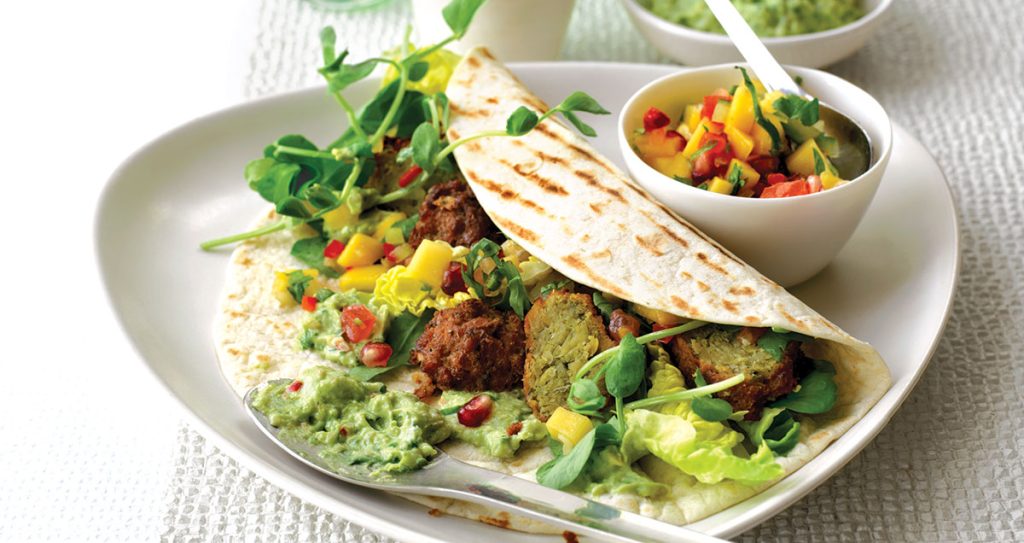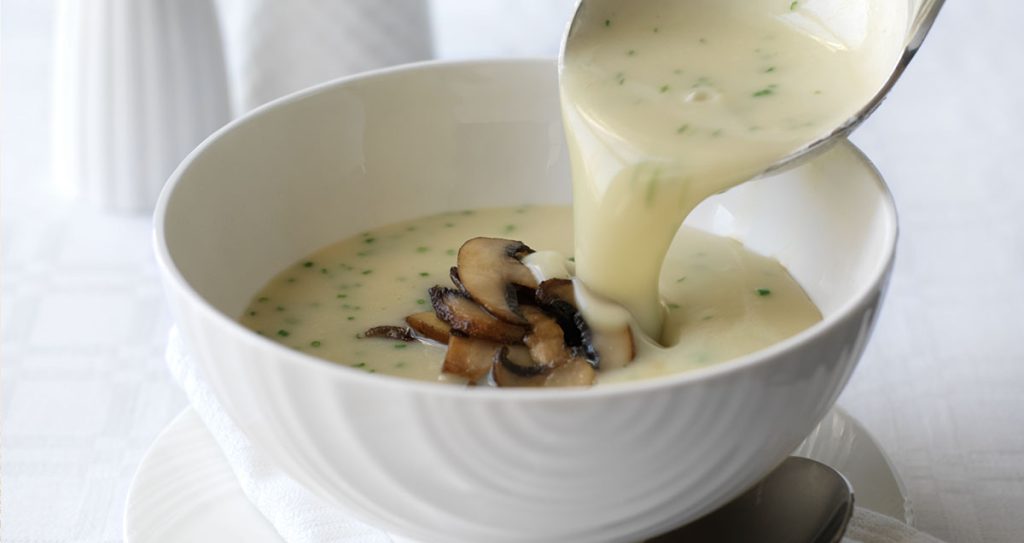, Step by step
Thai salmon and glass noodle laksa

Warm up those cold January evenings with this delicious spicy noodle soup.
Method
-
Step 1
Heat the sesame oil in a large saucepan and add the onion. Cook lightly over low heat for a minute and then add the curry paste and stir to combine. Pour in the coconut milk and stock, add the garlic, and leave to simmer for 10 minutes.
-
Step 2
Add the squash and simmer for another 10 minutes or until the squash is tender, but still has a bite to it.
-
Step 3
Remove the soup from heat and put to one side, but be sure to keep it warm.
-
Step 4
Prepare for cooking the salmon by heating a skillet pan on the stove over a high heat.
-
Step 5
Cook the noodles in plenty of boiling water for 3 minutes and then drain. Divide these between 6 bowls.
-
Step 6
Divide the bean sprouts between the bowls and sprinkle the basil on top of each.
-
Step 7
Place the salmon fillets in the skillet and cook on each side for 2 minutes.
-
Step 8
Pour the soup into the bowls and place a piece of salmon on top of the noodles.
-
Step 9
Garnish with the spring onions and chopped coriander.
Nutrition
Oily fish, a category of food which salmon belong to, are the main dietary source of a special type of unsaturated fat known as long chain omega-3 fatty acids. They are also rich in vitamin D.
Omega-3 fatty acids are important for the normal function of the heart and for maintaining normal blood pressure. They are also important for brain function.
It’s recommended that a healthy diet should contain at least two portions of fish a week (a portion is about 140g), including at least one portion of oily fish, such as salmon.
However, you can have too much of a good thing. Because oily fish may contain low levels of pollutants that can accumulate in the body, there are maximum limits on the amounts you should eat.
The maximum is about four portions a week for men and older women, and two portions a week for girls and for women who are, or may become, pregnant.
DR JULIET GRAY, COMPANY NUTRITIONIST


